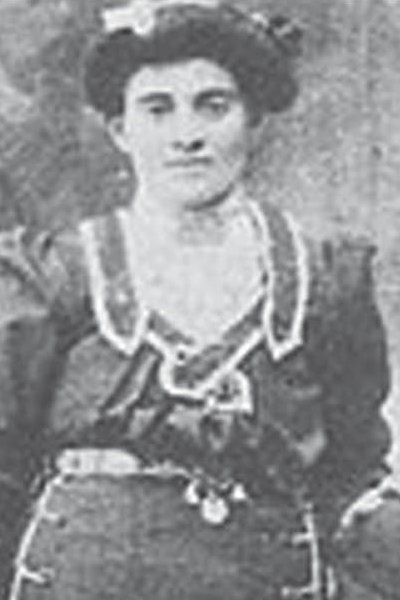War in Southeastern Europe
In the second half of the nineteenth century, the Ottoman Empire’s power is starting to wane. At the same time, Russia emerges as a new superpower on Europe’s south-eastern border. In 1878, the two powers fought their umpteenth conflict.
As a result of the Russian victory in this twelfth Russo-Turkish War, the Turks lose parts of their European territories, including Bulgaria and Romania. In Turkey, this leads to a rebellion of officers who transform the multi-ethnic Ottoman society into a homogeneous nation-state based on aggressive Turkish nationalism.
At the same time, the Russians tighten their grip on the region, not only in the Balkans and Ukraine but also in areas of the Caucasus, which are partially in Turkish, and partially in Persian hands.
After World War I, the Bolsheviks leave no stone unturned, and, after a brief period of independence, Armenia, Azerbaijan, and Georgia are incorporated into the Soviet Union. It is only after the collapse of the Soviet Union in 1990 that these countries regain their independence.

